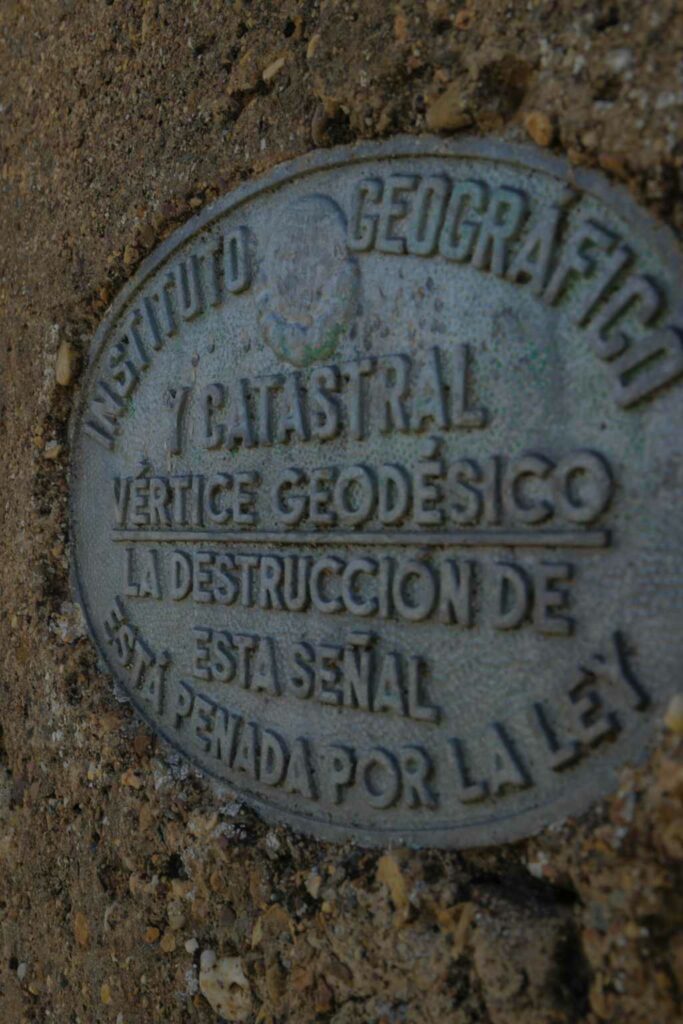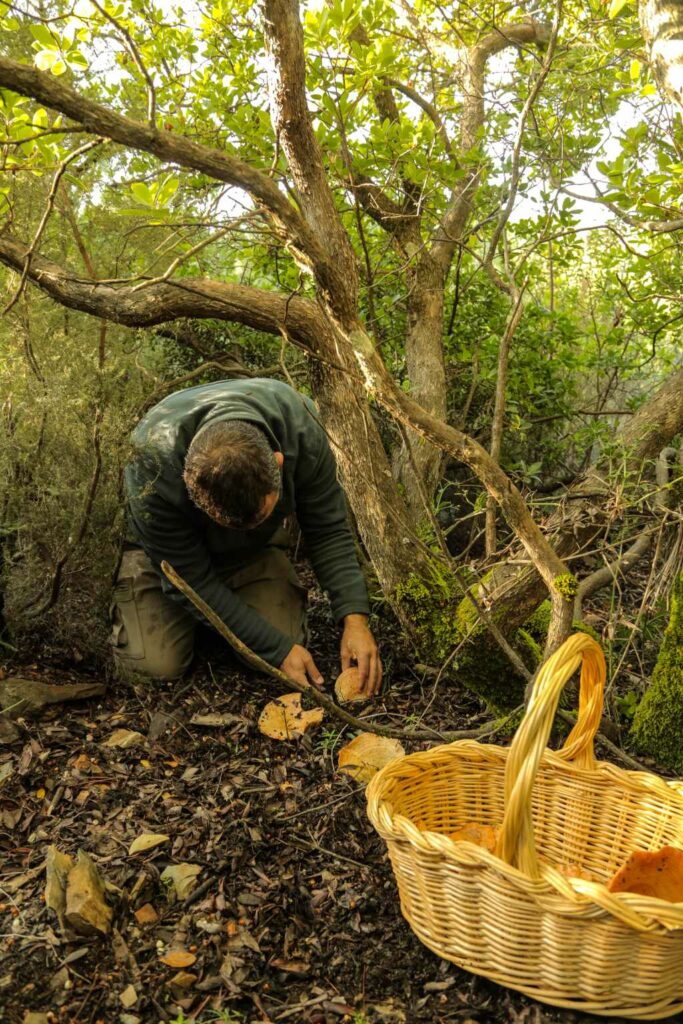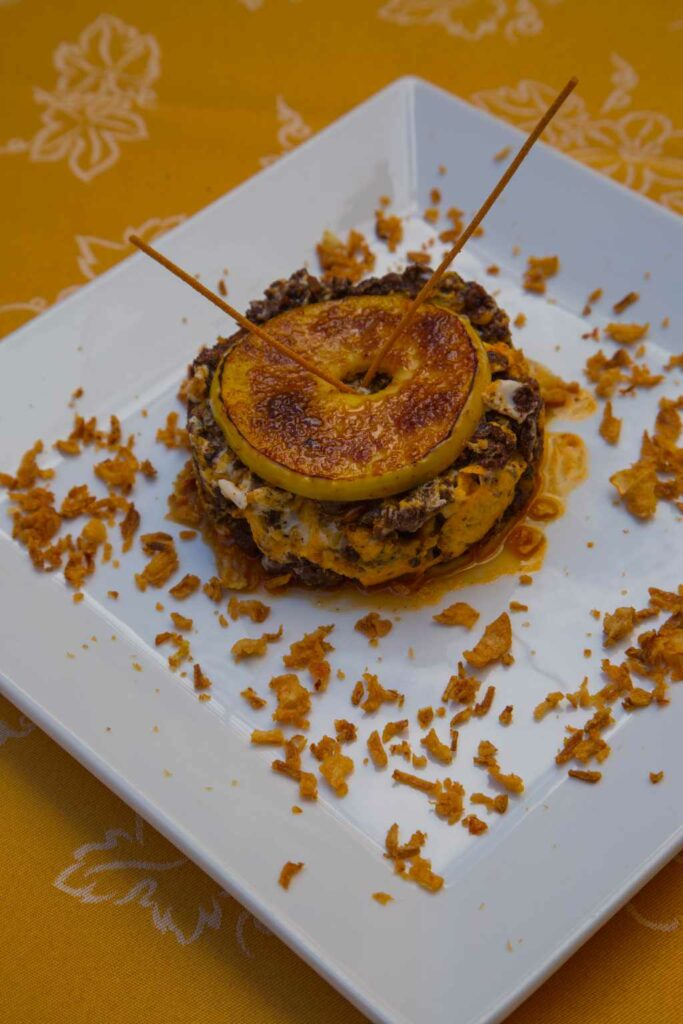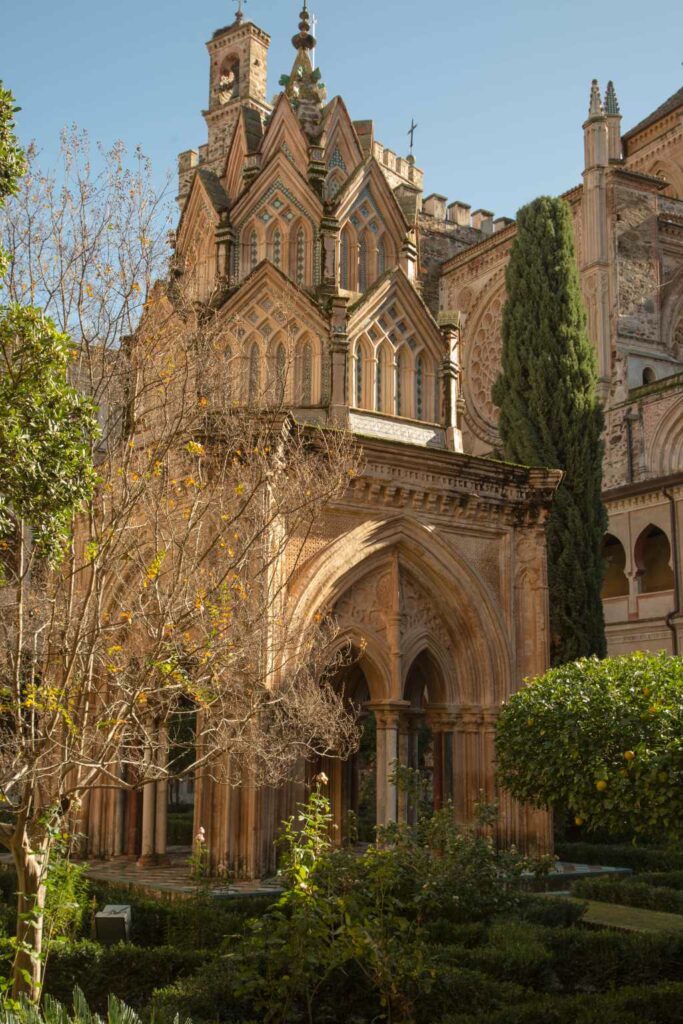Roman Road
A little history…
This road is heir to the old Roman road that linked Mérida with Toletum (Toledo), of great splendor at the time. The origins of this route are lost in the mists of time, as it is likely that this Roman road was built on an old Tartessian road built with the objective of obtaining tin and gold from Lusitania. Subsequently used since the Islamic invasion for the commercial transfer of merchants, muleteers, cattle, cavalry and warlike incursions from both sides. It will be at the end of the Late Middle Ages when Guadalupe is inserted as a crossroads on our path, adding to its usual transit the increasingly consolidated passage of pilgrims, and serving as a link with the paths that came from the Peña de Francia to the north. or from Ávila through the port of Pico. Especially from the 15th and 16th centuries, already in the Modern Age, the old path will recover a splendor probably greater than what it had under the Roman Empire, when Guadalupe became the largest pilgrimage center of all those on the Peninsula. Numerous historical documents still preserved allow us to know that kings such as Alfonso VII of Castile passed through here, returning from Córdoba in 1133, or the Leonese prince Sancho Fernández on his way to Seville from Toledo in 1218, who installed himself in the castle of Cañamero with his hosts will end up dead fighting with a bear; Henry IV in warfare towards Andalusia in the mid-15th century, Ferdinand V of Aragon and Isabella of Castilla, the Portuguese King Sebastián I (Philip II’s nephew), and other illustrious characters such as Christopher Columbus, Hernán Cortés, Miguel de Cervantes from Seville in 1581, or Íñigo López de Mendoza. Due to the properties of the monastery, existing along the way, we know the flow of pilgrims that traversed this route, which was also nourished by travelers who came from the south, as is the case of Seville by the Vía de la Plata, and by the east, of the populations located in the vicinity of Badajoz or Portugal. Undoubtedly the greatest promoters and protagonists of this path, like so many others linked to Guadalupe, were Isabella I of Castile and Ferdinand V of Aragon. Some Catholic Monarchs who, although they did not make the journey as a pilgrimage, did show a special interest in the sanctuary of Guadalupe, visiting it on more than sixteen occasions. Fernando de Aragón begins and ends his reign together with the Royal Monastery of Guadalupe. Leaving the monastery, on the way to Trujillo, they tell him that he is king because his father Juan II has died (January 1470), and on the way to Guadalupe, where he was to preside over the chapter of the Order of Calatrava, he dies on January 23, 1516. in Madrigalejo, in the house that the Jerónimos de Guadalupe had in that town in Cáceres.Guadeloupe Tourist Office
Plaza Santa María de Guadalupe, 10140 · Guadalupe
Tel: 927 154 128
oficinadeturismo@ayuntamientodeguadalupe.es
Aprodervi
Calle Zorilla, 1
10136 Cañamero · Cáceres
Tel: 927 369 429
Fax: 927 369 196
www.aprodervi.com.es



